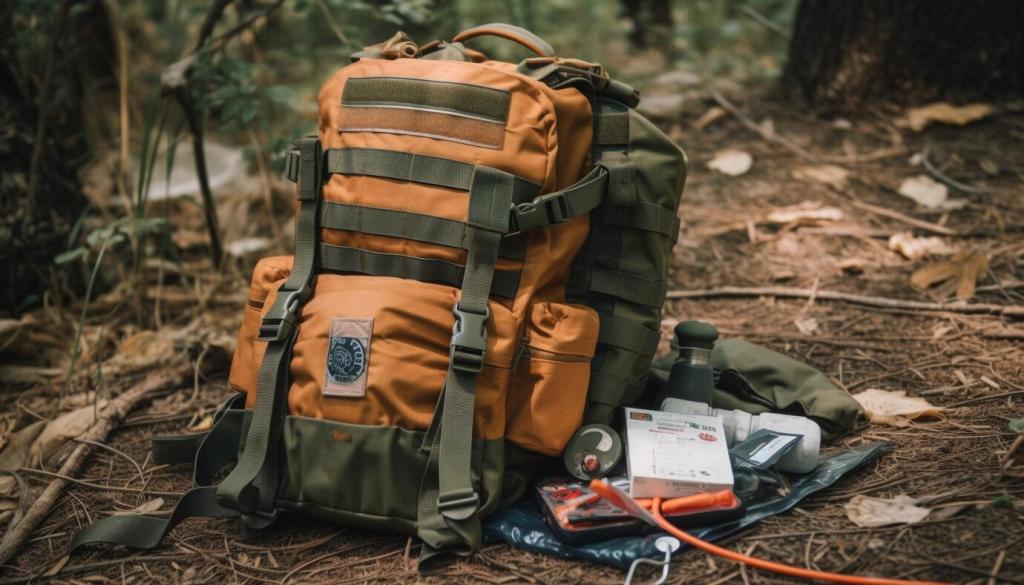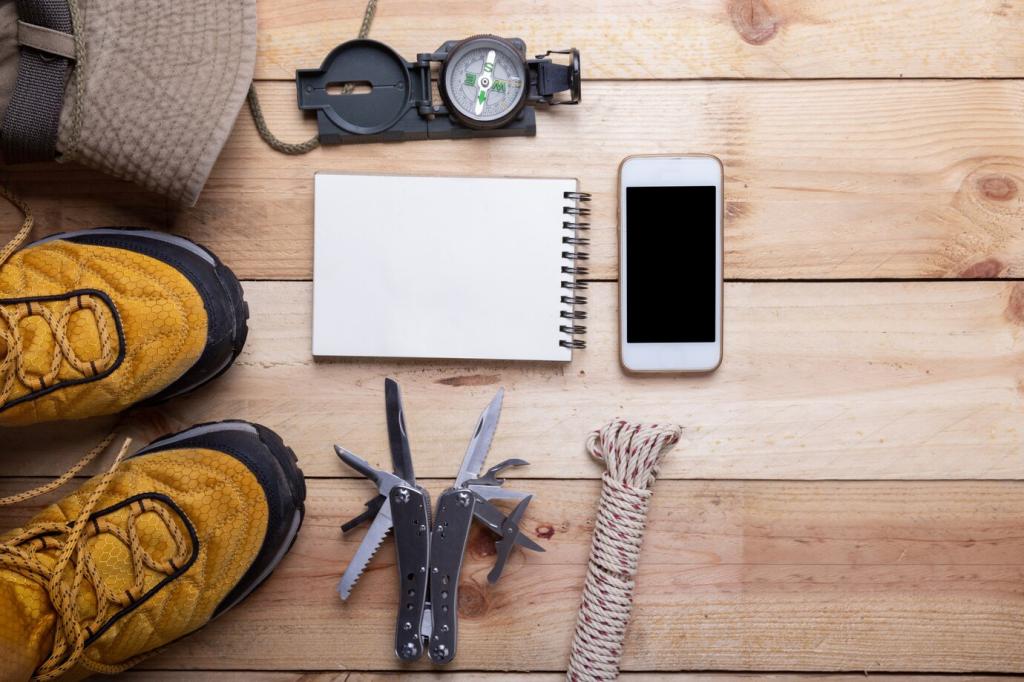Fresh Trails, Smart Choices: Top Picks for Spring Hiking Equipment
Chosen theme: Top Picks for Spring Hiking Equipment. Step into the shoulder season with confidence, warmth, and curiosity as we highlight the most reliable, trail-tested gear for unpredictable spring days and dew-soaked mornings.


Breathable Shells for Changeable Skies
A lightweight, packable rain shell with a 2.5-layer membrane and pit zips delivers protection without turning you into a sauna. Look for PFC-free DWR treatments, seam taping, and storm flaps. Last April, a surprise squall on the Smokies ridge reminded me why venting zippers are worth every gram.

Moisture-Wicking Base Layers that Don’t Cling
Merino blends tame odor on multi-day trips, while synthetics dry wickedly fast after brisk ascents. Prioritize flatlock seams and raglan sleeves for comfort under straps. A reader named Maya wrote that switching from cotton to merino finally stopped her chill-prone, sweat-soaked rest breaks in early spring winds.

Stretchy Trail Pants with Smart Venting
Choose durable nylon or softshell pants with articulated knees and a gusseted crotch for high steps over blowdowns. Zippered thigh vents cool you during sunlit climbs, while DWR helps shed wet brush. If your favorite pair doubles for town coffee, tell us—versatile picks often get the most trail time.


Footwear That Loves Mud and Morning Dew
Spring hikes often begin with dew-heavy grass and end with a drizzle. Water-resistant mesh or light membranes help, but prioritize fast-drying fabrics to avoid soggy feet. On a misty Blue Ridge loop, my unlined trail shoes dried by lunch, while a partner’s heavy boots stayed wet into the evening.
Footwear That Loves Mud and Morning Dew
Look for aggressive lugs, softer rubber compounds, and heel braking zones to tame mud and wet slab. Deep siping increases surface bite. One guide swears by shoes with multidirectional lugs after a slippery granite traverse, where her confident footing contrasted with our hesitant, sliding steps across shiny rock.

Packs and Organization: Light, Fast, Prepared
Choose a pack size that holds a shell, midlayer, warm hat, gloves, food, and water without overstuffing. A proper hipbelt transfer is crucial, and load lifters fine-tune comfort. After switching to a women’s-specific frame, my friend noticed instant stability on sidehills, making spring detours feel smooth and fun.
Packs and Organization: Light, Fast, Prepared
A fitted rain cover sheds showers, but a couple of ultralight dry bags protect spare layers and electronics from persistent damp. Color-code bags for quick access. During a coastal squall, my map and gloves stayed bone-dry, turning a cold slog into a scenic, confident push toward a clearing horizon.

Offline Maps and Reliable Power
Download topo maps with high-contrast shading and carry a compact power bank to back up your phone. A small compass remains invaluable when batteries dip. On a foggy Catskills day, a simple bearing spared us a cold, time-wasting loop, turning uncertainty into a calm, steady march toward camp.

Compact First Aid Tuned for Cool, Wet Days
Include blister care, an elastic wrap, bandages, and a small emergency bivy in case a spring squall extends your day. Add extra warmth layers. Our most-read tip: a zip bag of hot drink mix lifts morale fast when fingers numb and clouds stack up along a breezy saddle.
A soft-flask or hose-equipped reservoir nudges frequent sips, preventing that late-day energy dip. In cold breezes, insulated hose covers deter freezing. After switching to a bite-valve system, I realized how consistent hydration smoothed my pace during rolling climbs, especially when spring winds made stopping feel less inviting.
Hydration and Trail Nutrition with a Spring Twist
Spring-Smart Accessories That Make the Difference
A brimmed cap, UPF neck gaiter, and a tiny bottle of picaridin handle both strong shoulder-season sun and early hatch swarms. Sunglasses with contrast lenses aid variable light. After one gnatty riverside lunch, I never skip my light mesh head net tucked beside my map case.
Spring-Smart Accessories That Make the Difference
A 300–400 lumen headlamp with a regulated beam and lockout mode prevents pocket mishaps. Keep a fresh battery or power bank handy. When a photo stop ran long, my lamp turned a dim, rooty trail into a calm stroll, preserving energy for tomorrow’s spring ridge walk.
Spring-Smart Accessories That Make the Difference
A foam sit pad keeps you warm during snack breaks on damp logs or chilly granite. With a tiny camp towel, it doubles as a knee cushion. That little square convinced a skeptical friend that comfort items deserve spots on any list of top spring hiking equipment picks.


Sustainable Choices for Spring Wildlands
Favor recycled nylons, bluesign-approved fabrics, and gear with spare parts availability. A small field repair kit extends life between trips. After patching a shell’s cuff with Tenacious Tape mid-storm, I kept it going two more seasons, proving durability belongs on any top picks list for spring hikers.
Sustainable Choices for Spring Wildlands
Stoves that simmer cleanly, reusable bottles, and compact trash bags make low-impact practice easy. Ultralight trowels encourage responsible cat holes when needed. Readers often mention pride in packing out microtrash; that simple habit protects emerging wildflowers along the trail and keeps spring vistas vibrant for everyone.
